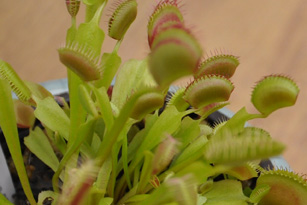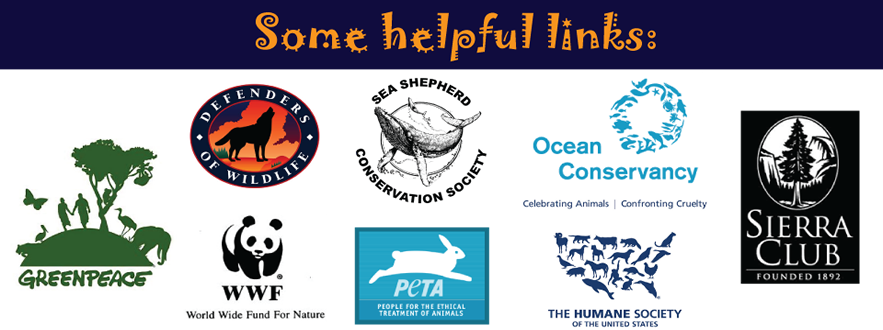
Conservation
Coral Reef Conservation

Coral reefs are among the oldest communities of life on Earth and take thousands of years to grow into the immense and complex habitats we see today.
Accelerating pollution, rapid global warming and destructive fishing are decimating corals faster than they can adapt for survival.
David Valaika, owner of Indian Valley Scuba, and his team of scuba divers are using effective, science-based management to sustain, preserve and restore valuable coral reef ecosystems. Indian Valley divers volunteer with The Coral Restoration Foundation (CRF) to assist in activities involving underwater nursery maintenance of coral as well as reef out planting.
For more information and opportunities about this conservation organization dedicated to creating offshore nurseries and restoration programs, visit David and our friends at Indian Valley Scuba

Silence of the Bees
 Video written by Nicole Reggia, Produced by Dave Bock, Now That’s Wild.com
Video written by Nicole Reggia, Produced by Dave Bock, Now That’s Wild.com
Silence of the Bees – In the winter of 2006 millions of honeybees vanished from their hives. Without a trace, a strange phenomenon fell across the country with the sudden and massive die-off of millions of honeybees associated with Colony Collapse Disorder (CCD). Researchers continue to scramble to discover why.
Read our article that appeared in Local Living Green Magazine
The Organic Movement

*Click on the image to watch the video
Organic agriculture is not just a source of safer, healthier, tastier food. It’s an answer to conservation and biodiversity. And organic gardening is not just a method of farming. It saves the Earth, farmers’ lives and offers many benefits to pollinators.
Visit our friends at Mystic Springs Farm in Richfield, Pennsylvania.
*The video was produced and edited by Adara Wickham
Conservation & Carnivorous Plants


Carnivorous plants are the sentinels of quality on our planet. More than 95% of the carnivorous plant habitat in the US has been lost with the destruction of the wetlands. Every year, many places that were once habitat to these plants are now parking lots, mowed fields or grocery stores. You don’t have to be a devoted conservationist to care about plants in the wild. For example, ask gardeners where their tomato plants are native to (South America, by the way), and they will reward you with blank looks. In contrast, carnivorous plant growers will be able to tell you the country, and perhaps even the state or providence their plants originated. Awareness of plants in the wild seems to lead to an interest in the wild plant status.
That’s For the Birds

It doesn’t matter where you live in an apartment, townhouse, or single dwelling, in the city, suburbs or country. Just stand outside and you’ll hear them: wild birds. And it’s hard to imagine life without them. Bird watching is one of the fastest-growing hobbies in the world and it’s easy to see why. Birds are fun to watch and you can watch them just about everywhere. Providing birdhouses not only gives you a front-row seat to nature observation but provides a safe habitat for local wildlife.
Get Involved With Conservation

The problems facing our planet and wildlife affect us all. YOU can get involved with local organizations to engage in the world of conservation. There are several programs that can use your support, time, donations, observations and interest in their work. You can help by adding your voice, supporting researchers and educating yourself and your children.
Our Green Tips
In Your Home:
- Replace bulbs with energy-efficient bulbs.
- Install water-saving showerheads.
- Turn your thermostat back.
- Recycle everything you can: visit www.earth911.com
In Your Yard:
- Control insects using natural controls instead of pesticides.
- Leave grass clippings on the lawn.
- Water lawns and gardens early in the morning to prevent evaporation.
Other Tips:
- Walk more and drive less.
- Consider purchasing a fuel-efficient car.
- Dispose of trash properly and pick up trash when you see it.
- Buy in bulk to save on packaging.
- Purchase produce from local farmers.
- Buy a reusable water bottle.
- Take shorter showers.
Today’s Green Tip:
Clean your dryer’s lint filter and slash your energy usage up to 30%!
The Numbers Game
30
The percent of the world’s forests used primarily for wood and other forest products.
12
The percent of the world’s forests dedicated to conserving biodiversity.
25
The percent of the world’s remaining intact rainforest.
31
The percent of the world covered by forest.
8,000
The number of threatened tree species.
289
The number of gigatons of carbon removed by forests and vegetation worldwide.

The love for all living creatures is the most noble attribute of man.
- Charles Darwin


